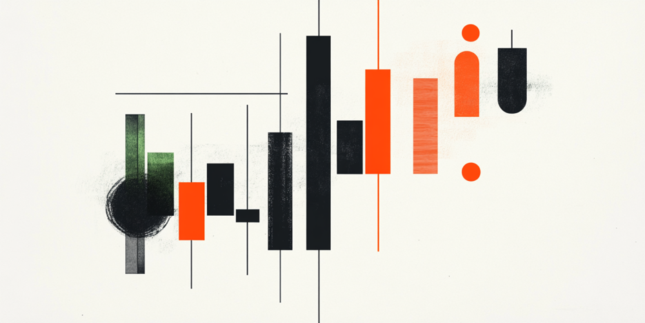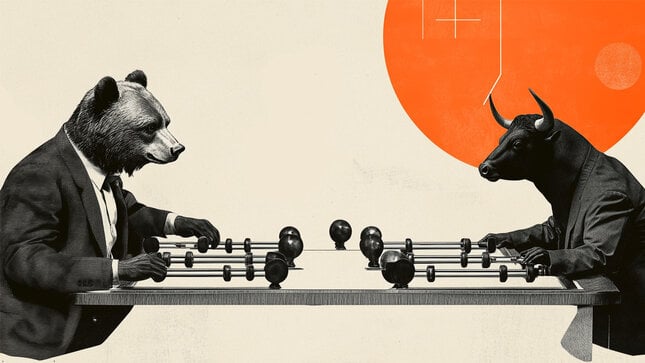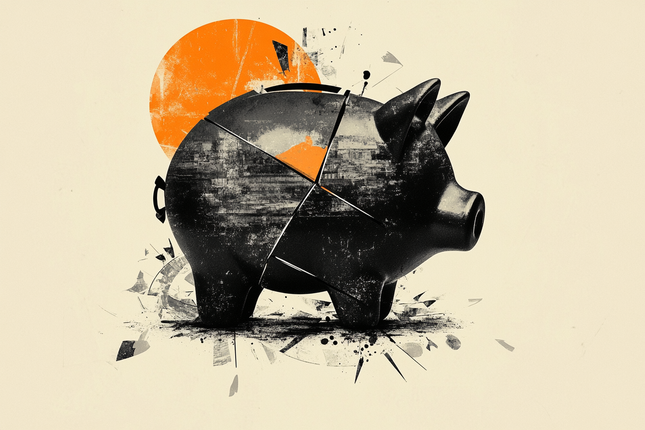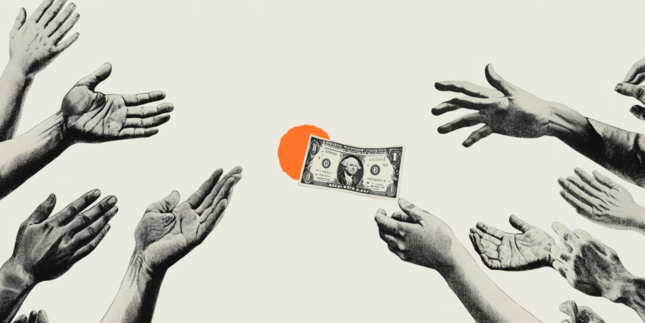Forex Education
Latest education articles
Latest education videos
STRATEGIES
For decades, traders focused on prediction: where EUR/USD might move next, whether a central bank would shift policy, how equities would react to macro data. But today’s AI systems, especially large-scale learning models, are revealing something deeper: the underlying structure of market behavior.
TECHNICAL
BEST BROKERS IN 2025
MONEY MANAGEMENT
PSYCHOLOGY
TECHNICAL ANALYSIS
POSITION SIZING
MARKET PARTICIPANTS
Making money in forex is easy if you know how the bankers trade!
Discover how to make money in forex is easy if you know how the bankers trade!
Has your trading strategy failed? It happens – Here's how to fix it for good [Video]
It's a universal experience. You feel personally attacked or demoralised when it happens, correct?
Master forex currency crosses in ten minutes [Video]
Dive deep into the world of forex trading, focusing on mastering currency crosses in under 10 minutes.


![The worst trading behavior is revenge trading [Video]](https://editorial.fxsstatic.com/images/i/Fear-1_Medium.png)



![Has your trading strategy failed? It happens – Here's how to fix it for good [Video]](https://editorial.fxsstatic.com/images/i/Stress-1_Medium.png)
![Master forex currency crosses in ten minutes [Video]](https://editorial.fxstreet.com/images/i/chameleon-chart-1_Medium.png)